Rising Water Scarcity
The Rainwater Harvesting System Market Industry is significantly driven by the rising water scarcity issues faced in various regions. As populations grow and climate change exacerbates drought conditions, the demand for alternative water sources becomes increasingly critical. Rainwater harvesting systems present a viable solution, allowing users to capture and utilize rainwater for irrigation, sanitation, and even potable uses. This trend is particularly evident in arid and semi-arid regions, where traditional water sources are dwindling. The market is projected to grow as more individuals and organizations recognize the necessity of adopting rainwater harvesting systems to mitigate water scarcity challenges.
Technological Innovations
The Rainwater Harvesting System Market Industry is experiencing a surge in technological innovations that enhance system efficiency and user experience. Advanced filtration and purification technologies are being integrated into rainwater harvesting systems, ensuring that collected water meets safety standards for various uses. Moreover, smart technology, such as IoT-enabled systems, allows for real-time monitoring and management of water resources. This trend is likely to attract both residential and commercial users, as they seek to optimize water usage and reduce dependency on municipal supplies. The incorporation of these technologies could potentially increase market penetration, as systems become more user-friendly and efficient, appealing to a broader audience.
Increased Environmental Awareness
The Rainwater Harvesting System Market Industry is witnessing a notable increase in environmental awareness among consumers. As individuals become more conscious of their ecological footprint, there is a growing preference for sustainable practices, including the use of rainwater harvesting systems. This shift in consumer behavior is prompting both residential and commercial sectors to invest in these systems as a means of conserving water and reducing reliance on conventional water supplies. Market Research Future indicates that this trend could lead to a 20% increase in system installations over the next five years, as more people seek to contribute to environmental sustainability.
Regulatory Support and Incentives
The Rainwater Harvesting System Market Industry benefits from increasing regulatory support and incentives provided by governments. Many regions are implementing policies that encourage the adoption of rainwater harvesting systems, recognizing their role in sustainable water management. For instance, tax rebates, grants, and subsidies are being offered to homeowners and businesses that install these systems. This regulatory framework not only promotes environmental sustainability but also stimulates market growth. As of 2025, it is estimated that regions with supportive policies could see a market growth rate of up to 15%, indicating a strong correlation between regulatory measures and market expansion.
Urbanization and Infrastructure Development
The Rainwater Harvesting System Market Industry is also influenced by rapid urbanization and infrastructure development. As cities expand, the demand for efficient water management solutions becomes paramount. Rainwater harvesting systems are increasingly being integrated into new urban developments, including residential complexes, commercial buildings, and public facilities. This integration not only helps in managing stormwater runoff but also provides a supplementary water source for various applications. The market is likely to see substantial growth as urban planners and developers recognize the benefits of incorporating rainwater harvesting systems into their projects, aligning with sustainable urban development goals.


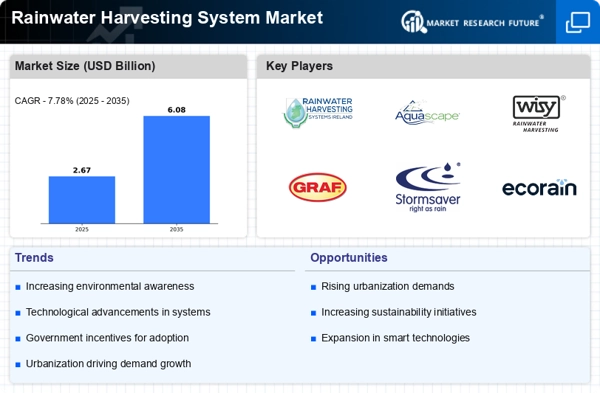


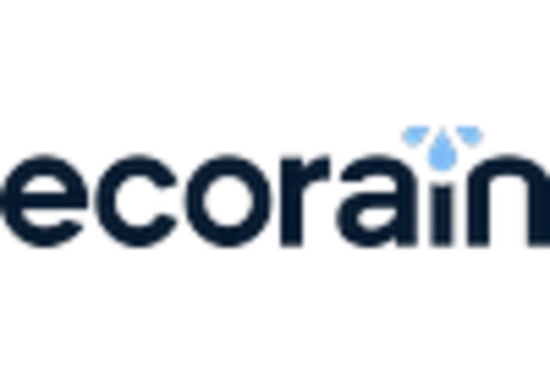
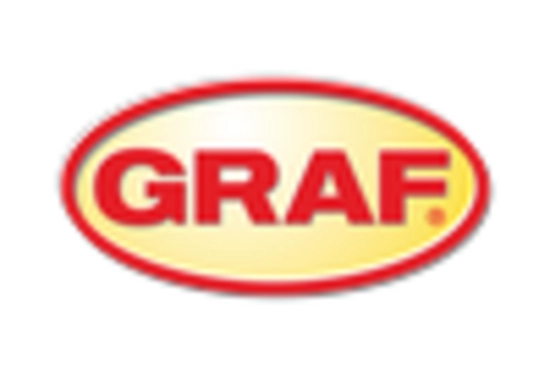
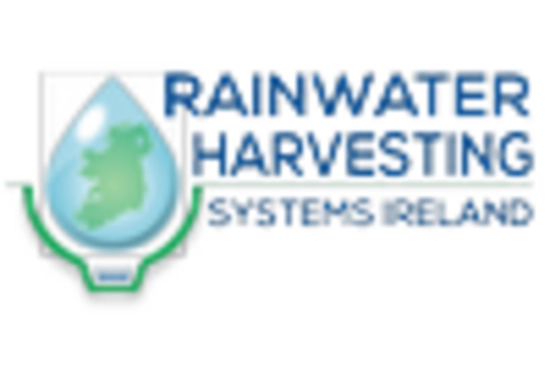
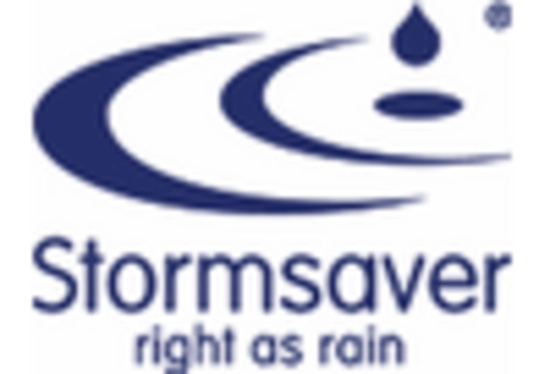









Leave a Comment